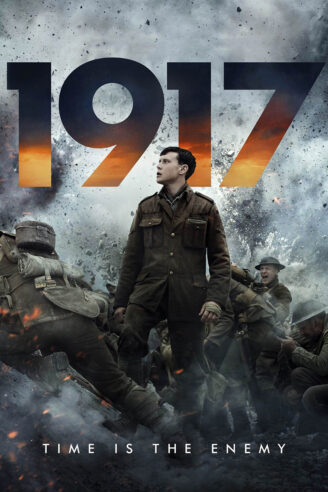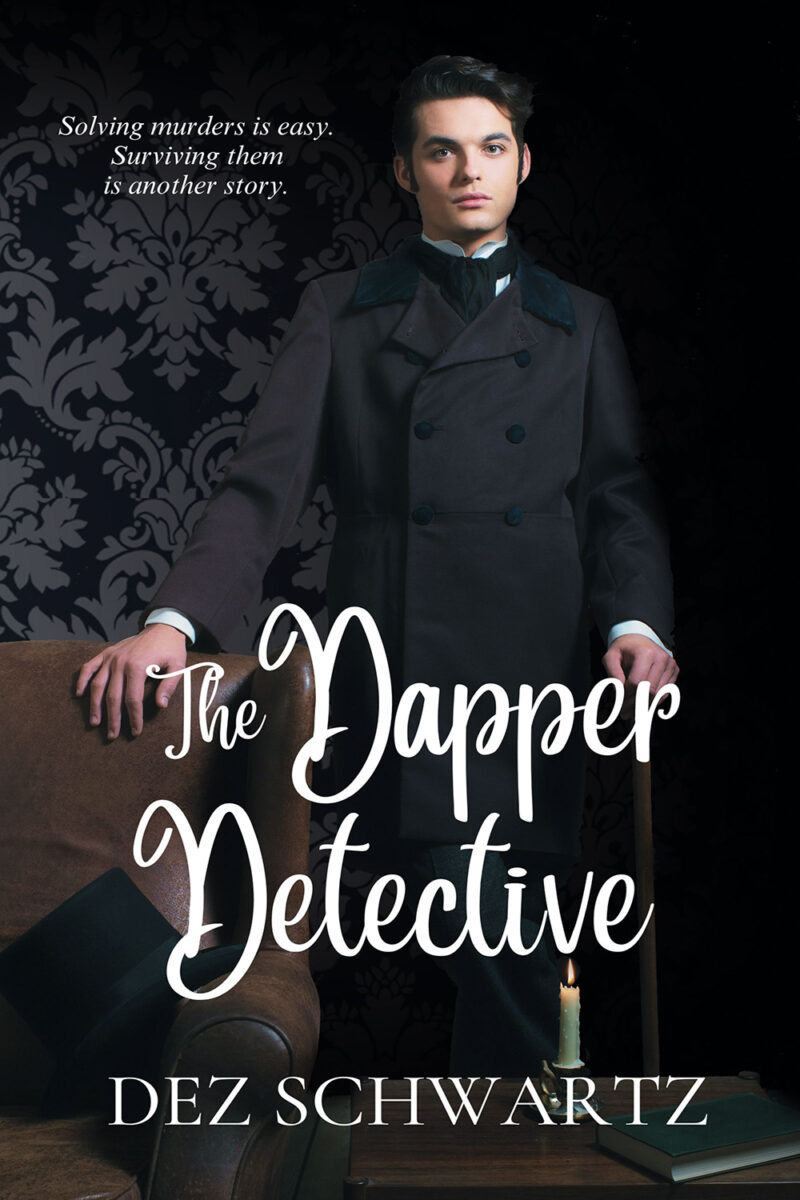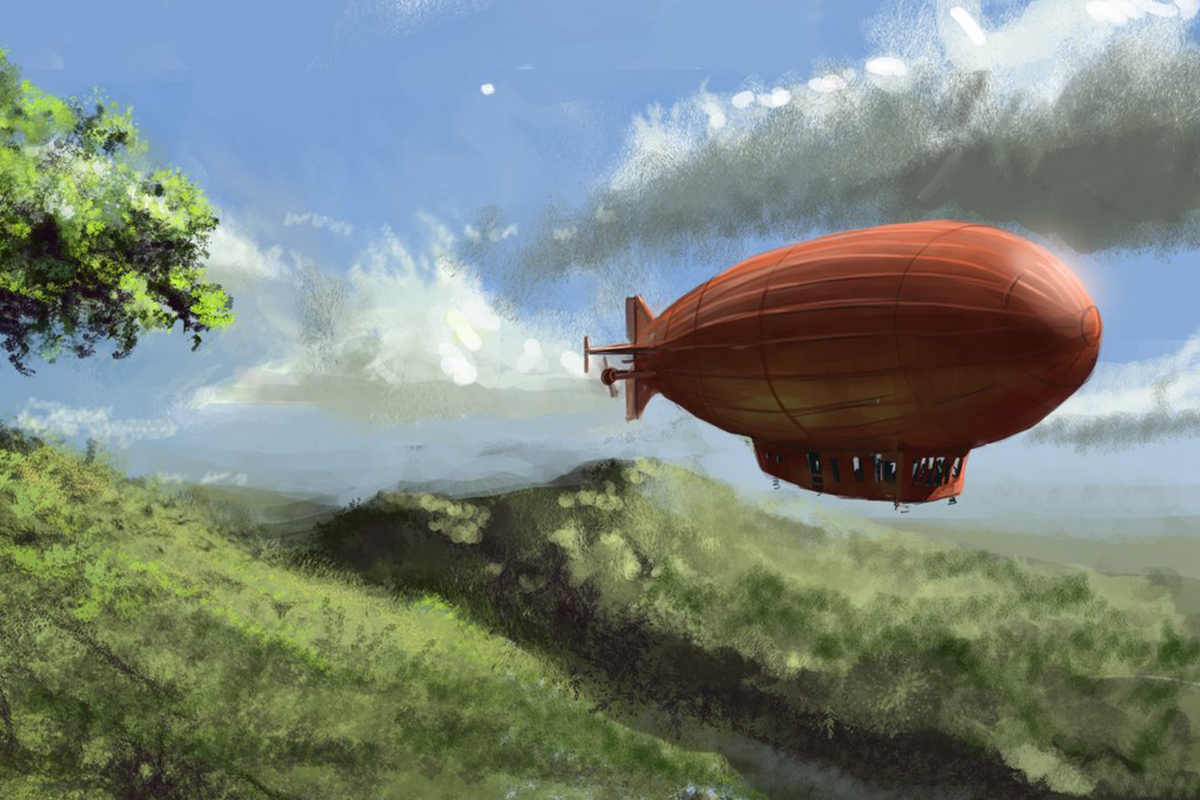More than a century removed from Versailles, where that armistice for twenty years was signed, we in the English-speaking Atlantic world tend to think of World War I as a static conflict. This is because we are mostly presented with the Western Front in fiction, where endless rows of trenches are bombarded with tear gas and brave men and foolhardy officers who go over the top are flayed by machine guns and corroded by poison gas. (Australians and New Zealanders had different experiences.) When the men are not charging and dying, they are languishing in squalor in the mud.
Not so 1917, directed by Sam Mendes, of Skyfall and Spectre fame, and released in 2019. This is a film of rapid movement and brutal battle. It is a film that will never let you forget that these men were not eating plum and apple jam, and the sergeant does not deliver the men breakfast in bed. They were the currency used to match the price of a mile.
The most striking thing about this film is the camerawork. The entire film, with one drastic interruption, appears to be shot in a single take. Of course, this is the work of some brilliant editing, but the effect is no less impressive. If you’ve played war shooters, you may feel a slight sense of déjà vu. Mendes was inspired by watching his children play video games. It’s an approach that sounds absurd but jolts you into the moment, providing an immediacy to the action that few films can match. When the two protagonists, Blake (Dean-Charles Chapman) and Schofeld (George MacKay), are in those trenches as the sky falls around them, you’re tempted to look up at your ceiling to check if your roof hasn’t caved in. It’s a deeply claustrophobic experience, but so was being in the trenches during the Great War.
There’s a particular sequence in the middle of the film where our protagonists find themselves trapped in a burning town. It is pitch black when it isn’t a blazing orange. The color contrast in that sequence is incredible. It’s a scene that takes place in what could be one of Dante’s rings of hell. Of all the cramped environments in 1917 — and there are many — this is the most cramped. It’s been argued that the best war films are, in a sense, horror films, and Mendes has succeeded at this dramatically.
1917 preoccupies itself with the butchery of war in a deeper way than most war movies do. There are portrayals of war crimes and scenes of soldiers dying en masse, but few films make it a core of their narrative.
Blake and Schofeld are tasked by their commanders to deliver a message that will stop an offensive from taking place, as new intelligence has made it clear that launching the offensive would lead to disaster. The plot then revolves around those who do battle who nevertheless seek to avert a battle. It’s unorthodox, but it works.
A note regarding the casting: despite what the trailers would have you believe, Benedict Cumberbatch is only in this for a few minutes. This is the case for a number of notable actors who pepper the runtime with their presence. Interestingly, they all play officers while the main characters, enlisted men, are played by lesser known actors. I remember seeing one comment on the internet arguing it reflects contemporary British class divisions.
1917 is proof that the war movie isn’t dead yet. It is a different beast than in its 1960s heydays, but it is very much alive. I wouldn’t be surprised if future films emulate 1917. I certainly wouldn’t be opposed to seeing more films like it.





